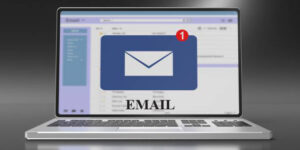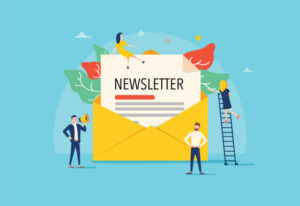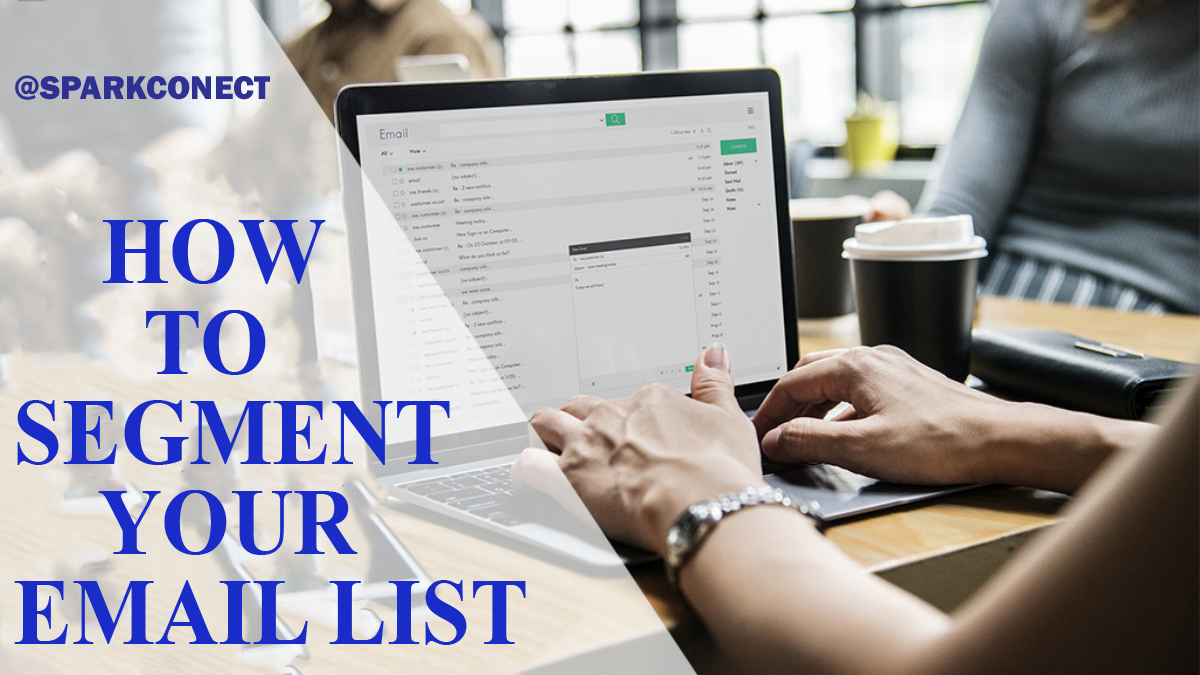Email segmentation is an important strategy for a successful email marketing campaign. Although building an email list is the first step in any email marketing strategy, without proper segmentation it might not be that effective to deliver the desired result.
All customers/subscribers are not the same, they differ by their location, interest, age, purchasing power, etc. so why treat all customers the same?
Email segmentation is important before starting any email marketing campaign to ensure you send the right content to the right subscriber.
Mailchimp’s data showed that segmented campaigns get 14.37% more opens and 64.78% more clicks than non-segmented campaigns and yet, 89% of businesses(B2B and B2C) alike don’t do email segmentation.
This is one of the reasons why you are not getting the right result with your email campaigns.
Not to worry, in this blog post, we would be sharing 8 different ways to slice and dice your list into segments.
What is Email Marketing

Email segmentation is the process of breaking your subscribers into smaller groups based on similar traits demographics or behaviors so that you can send them more personalized and relevant emails.
Rather than blasting every email to your entire email list, segmentation lets you send certain emails only to those subscribers you think will be the most interested in that content, resulting in higher conversions.
It is an email marketing technique of dividing your contacts into different groups to deliver highly targeted content and make it easier to send personalized emails based on collected data.
Emails can be segmented based on demographics, location, previous purchase website browsing engagement, etc.
8 Ways to Segment Your Email list to deliver more personalized email
1. New Subscribers

When new subscribers fill in their email addresses or details on your website, don’t neglect them and leave them in the cold. Instead, give them a warm welcome by sending them a welcome email.
These people have a reason they filled their details on your website which might be to receive updates on your product.
Don’t leave them hanging, make them feel welcomed and important, and make sure you deliver the right content they subscribe for.
Some top companies use their welcome email to remind subscribers of the benefits of being a subscriber.
Their new subscribers are always the first to see their new products. They also introduce you to their blogs and social media.
2. Demographics
Demographics include characteristics such as age, gender, location, and more. With demographic data, you only focus on the quantifiable characteristics of your email contacts.
Although this information comes at the basic level, it helps identify your audience’s needs or interests.
Knowing your customer’s needs and interests would make you send the right promotional emails to the right subscribers rather than just bombarding your customers with irrelevant content.
3. Sign-up source

There are several reasons why people subscribe to your email list. They might have signed up to receive your newsletter or opted to receive a certain free download.
It’s useful to know how specifically each subscriber opted in, as that can inform why they opted in, and what they’re interested in receiving from you.
Understanding where and how your subscribers opted into your list helps understand how to continue engaging with them and offering content of interest and value.
4.Abandoned Shopping Carts or Forms

You can segment consumers who have an abandoned shopping cart or form on your website on a separate email list.
Research the reason why they left your site in the first place. It can be because they were looking for more information about your product or service but could not find it? or they had some complications with the payment methods.
You could then send them an email reminder about their pending order, along with a detailed product description and clear instructions on how they should proceed with the payment.
Make sure to write your message in a way that they could see the value of why closing the sale at that particular time is important for them.
5 Purchase history.
Paying close attention to what type of product or service customers on your email list purchase allows for upselling or cross-selling other products or services that will complement their purchase.
Let’s say you purchased a phone from Jumia(Infinix), Jumia might start sending you products like earphones, Bluetooth speakers, and other complimentary products that you might need with your phone
6 . Price of items purchased.
Another way of segmenting your email list is by purchasing power, this is very essential for those that run a B2C business that sells physical products.
Research has shown that repeat customers spend more money each time they return to your store and make another purchase.
By grouping your customers based on how much they spend, you would be able to accurately upsell more related products and also identify your top customers.
7. Email Engagement
Email engagement is another very basic way to segment your lists. The idea is to use open rate and clickthrough rate to keep track of your email marketing service.
You can segment by engagement by designating active vs inactive users, such as someone who hasn’t opened your emails in the last six months.
You can then create a specialized campaign to re-engaging them or you can focus on subscribers who do engage and target them more specifically.
Mailchimp allows segmenting by engagement, you have options to see a variety of subscriber behavior
8. Website Behavior
Customer’s website behavior is another way of segmenting your email list. You can send targeted emails based on the specific pages they visited
There are different tools that can help you keep track of behavior on your website like Google analytics, BeamPulse, etc.
These tools help keep track of visitor scrolling behavior, icons clicked, time spent on site pages visited, actions taking, etc.
MailChimp also helps send out targeted emails based on website activities such as pages people visited, pages they didn’t visit, People who visited one page but missed another related page, etc.

